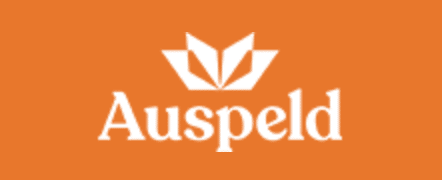Key reports and reading
Home » Key reports and reading
Effective Instruction in Reading and Spelling (2023)
This book is based on the literature that comprises the Science of Reading, describing and recommending teaching practices that have the strongest evidence of effectiveness. Its chapters cover evidence-based models, the Five Big Ideas of reading, oral language, spelling, effective instruction and assessment, and how teachers can bring them all together to plan and implement high quality literacy lessons so that all children learn to read and spell.
Effective Instruction in Reading and Spelling is also available as a short course through The Academy for the Science of Instruction. Click here to learn more.
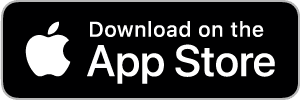

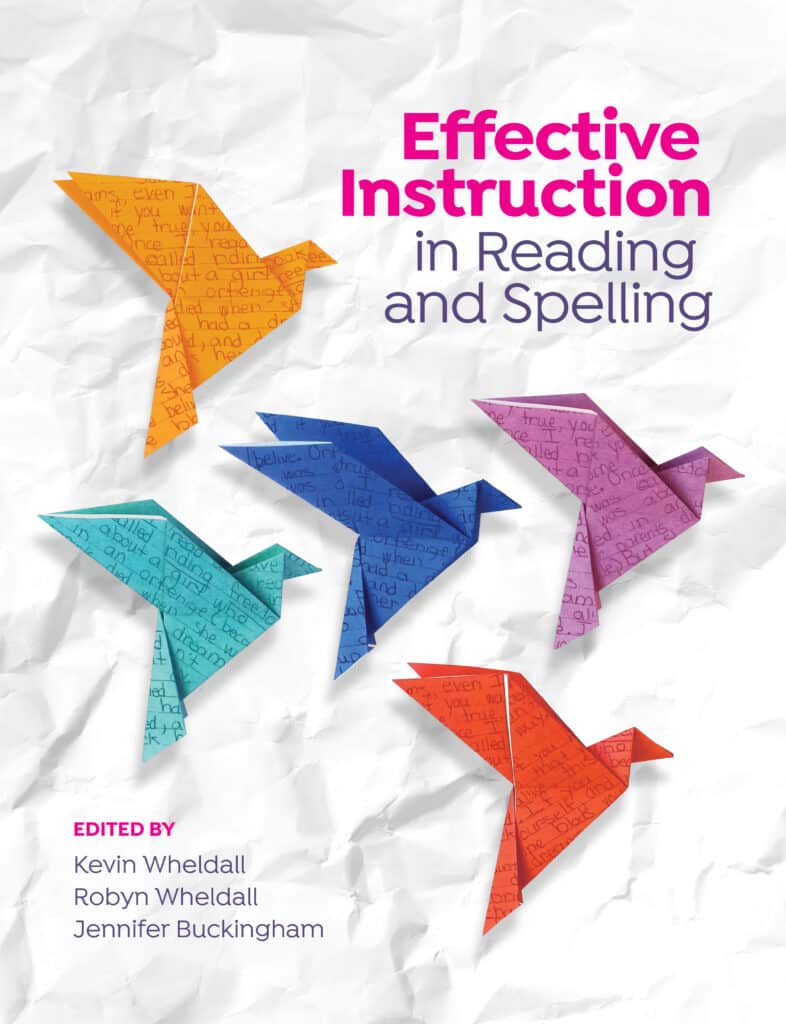
Nomanis
Nomanis is a free periodical containing articles on evidence-based instruction, assessment and intervention by literacy researchers and practitioners.



The Reading Guarantee – how to give every child the best chance of success (2024)
A fundamental promise of an education system is that almost every child who goes to school will learn how to read. Yet recent evidence shows about one in three Australian school students are not mastering the reading skills they need. Australia is failing these children. This report includes a six-step process to remedy this.



Strong Beginnings: Report of the Teacher Education Expert Panel (2023)
The TEEP report includes 14 recommendations on how to address issues in Initial Teacher Education (ITE) to ensure teachers are well equipped to fulfill their vital role in Australian society. These recommendations are grouped into 4 key reform areas:
- Strengthen ITE programs to deliver confident, effective, classroom ready graduates
- Strengthen the link between performance and funding of ITE programs
- Improve the quality of practical experience in teaching
- Improve postgraduate programs to attract mid-career entrants



Developing Spelling Skills Across the Age Range: An introduction (2023)
A clear and concise text in which author and educator Peter Westwood (South Australian Spelling Test) steps through the skills required to be an accurate speller, and how teachers can impart these skills to students of all ages – from those in the preschool years right through to adults, with an emphasis on explicit teaching strategies.


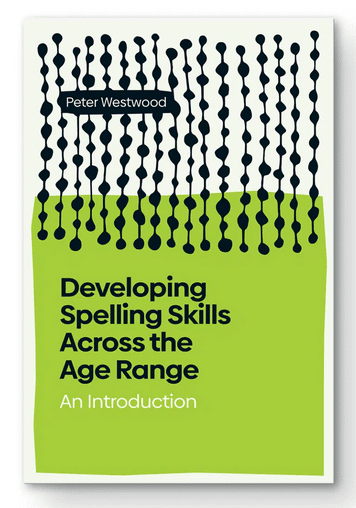
Right to Read: Public inquiry into human rights issues affecting students with reading disabilities (2022)
The Right to Read inquiry report highlights how learning to read is not a privilege but a basic and essential human right. The report includes 157 recommendations to the Ministry of Education, school boards and faculties of education on how to address systemic issues that affect the right to learn to read.



Recent Psychological Perspectives on Reading and Spelling Instruction (2022)
Over the past 20 years, reading scientists have made significant progress in understanding how children learn to read and the best way to teach these basic skills. However, many of these advancements in understanding are yet to be translated into classrooms and education systems through policy and effective teaching practice. This book, edited by Emeritus Professor Kevin Wheldall AM and Dr Nicola Bell, draws together contributions from some of the leading researchers in the field, and outlines how recent research findings could be applied practically through teaching in the classroom.


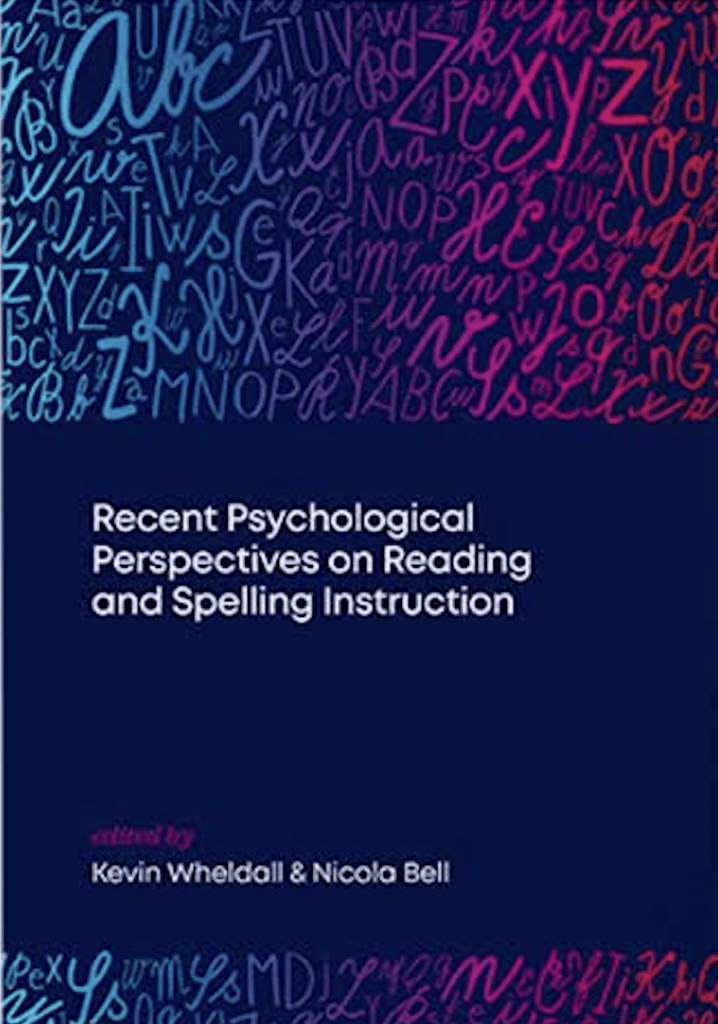
Reading Success in the Early Primary Years (2022)
Reading Success in the Early Primary Years by Jocelyn Seamer is a step-by-step guide to structured literacy instruction for teachers working in the early years of primary school. Written by a teacher, for teachers, this book supports teachers to understand the evidence base of reading instruction and how to successfully implement it.


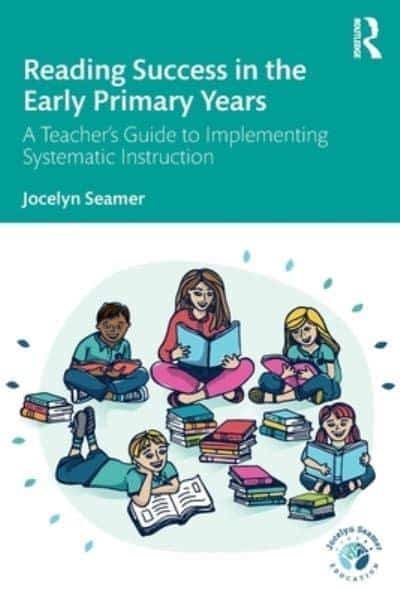
Teaching and Learning Primary English (2021)
Edited by Damon Thomas and Angela Thomas with chapters by literacy experts, Teaching and Learning Primary English is written for initial teacher education (ITE) students and practising primary school teachers. It addresses the complexities of English teaching and aims to build deep understandings of the most important aspects of primary English education.


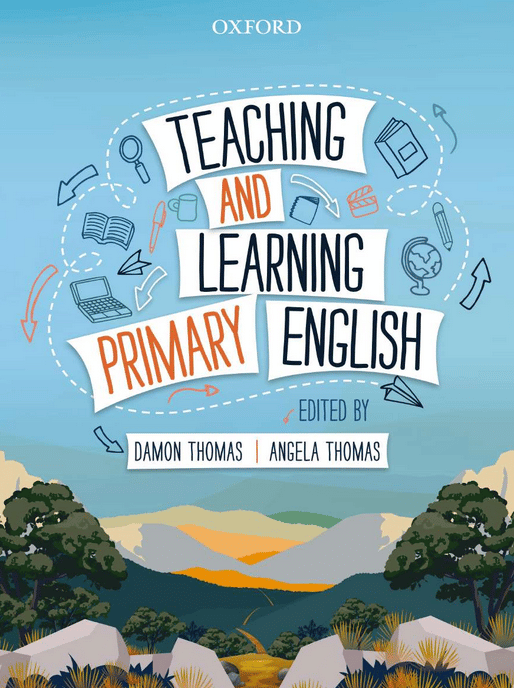
Ending the reading wars: Reading acquisition from novice to expert (2018)
A comprehensive review of the science of learning to read, spanning from children’s earliest alphabetic skills through to the fluent word recognition and skilled text comprehension characteristic of expert readers. Written by three leading researchers in the field.


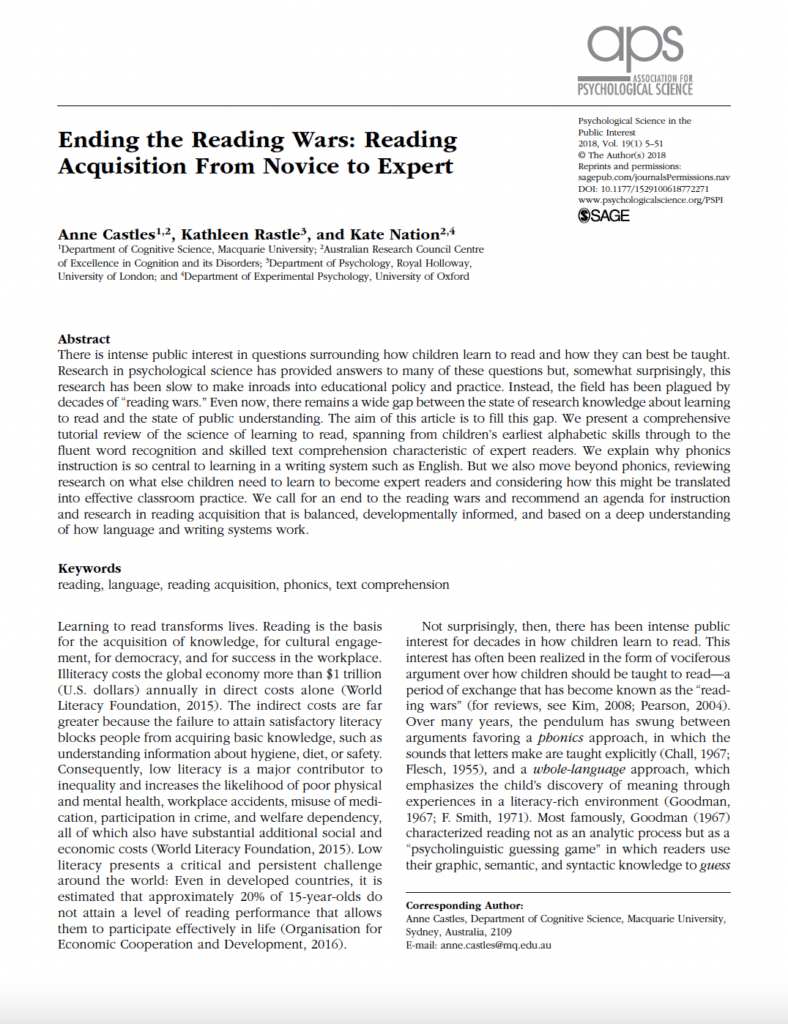
Cognitive load theory: Research that teachers really need to understand (2017)
Cognitive load theory is a theory of how the human brain learns and stores knowledge. British educationalist, Dylan Wiliam, described it as ‘the single most important thing for teachers to know’. Grounded in a robust evidence base, cognitive load theory provides theoretical and empirical support for explicit models of instruction.


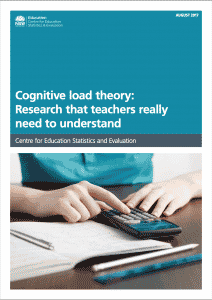
National Year 1 Literacy and Numeracy Check Expert Advisory Panel: Advice to the Minister (2017)
A national check of all Year 1 students in reading, phonics, and numeracy will help ensure students who are behind in their schooling are identified early and can receive the extra support they need. On 29 January 2017, the Minister for Education and Training, Senator the Hon. Simon Birmingham, announced the establishment of an Expert Advisory Panel (the panel) to advise the Australian Government on the development and implementation of a Year 1 check in literacy and numeracy. Comprised of highly regarded academic, health, and education experts, the panel consulted with a wide variety of stakeholders and experts. The panel’s key finding and recommendations can be found in their report. All education ministers will consider the report and recommendations at a future Education Council meeting. The Year 1 check is part of the Australian Government’s Quality Schools, Quality Outcomes which was released in May 2016.


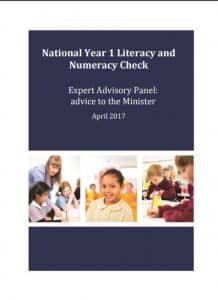
Effective reading instruction in the early years of school (2017)
This paper summarises the research regarding why the five elements of phonemic awareness, phonics, fluency, vocabulary and comprehension are important, as well as how they should be taught in the classroom. The paper examines each of these five elements individually in the sequence they should be taught, bearing in mind that each element is interconnected and that accomplished reading requires mastery of all of them. The final section considers how reading instruction is currently incorporated into Initial Teacher Education (ITE) programs in NSW.


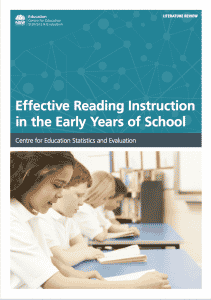
Evaluation of the Trial of the UK Phonics Screening Check in South Australian Schools (2017)
Between 7 and 18 August 2017, the South Australian Department for Education and Child Development (DECD) conducted a pilot of the UK Phonics Screening Check (PSC) for Reception and Year 1 students across the state. The PSC consists of a collection of 40 real and pseudowords which were administered by teachers one-on-one with students. The structure of the PSC comprises a series of 12 simple pseudo-words, followed by 8 simple real words, 8 complex pseudo-words and 12 complex real words. DECD collected and collated the data of 4,406 students from 268 teachers across 56 primary schools. This report presents the independent evaluation of the pilot which was conducted to understand the usefulness of the PSC for school leaders and teachers with regard to their students’ phonics development.


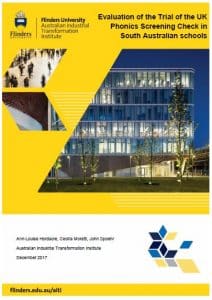
Read about it: Scientific evidence for effective teaching of reading (2016)
How children learn to read is one of the most studied aspects of education. There is a large and rigorous body of scientific evidence identifying the key elements of high quality reading instruction. The research literature also unequivocally shows that explicit instruction methods are the most effective way of teaching reading, especially for novice readers and children at-risk of reading failure. Unfortunately, these elements and methods are not consistently used in Australian classrooms, with many thousands of children failing to achieve even basic levels of literacy as a result. This report outlines the powerful research evidence on learning to read from the 1960s to 2015 and explains how having effective, evidence-based reading instruction in every classroom, every day can substantially improve literacy levels among Australian children.


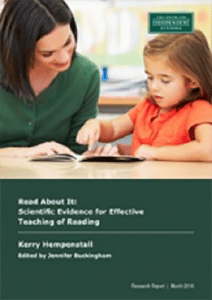
The Science of Learning (2015)
The purpose of The Science of Learning is to summarise the existing research from cognitive science related to how students learn, and connect this research to its practical implications for teaching and learning. This document is intended to serve as a resource to teacher-educators, new teachers, and anyone in the education profession who is interested in our best scientific understanding of how learning takes place.



Principles of Instruction (2012)
This article presents ten research-based principles of instruction, and suggestions for classroom practice. These principles come from three sources: (a) research on how our brain acquires and uses new information; (b) research on the classroom practices of those teachers whose students show the highest gains; and (c) findings from studies that taught learning strategies to students.



Developing Early Literacy (2008)
A report of The National Early Literacy Panel (NELP) (2008) USA was convened in 2002 to conduct a synthesis of the scientific research on the development of early literacy skills in children ages zero to five. The panel’s primary purpose was to synthesise research to contribute to decisions in educational policy and practice that affect early literacy development and to determine how teachers and families could support young children’s language and literacy development. In addition, this evidence would be a key factor in the creation of literacy-specific materials for parents and teachers and staff development for early childhood educators and family-literacy practitioners.


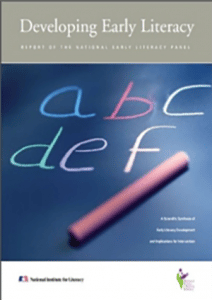
Whole Language Hi-Jinks. How to Tell When “Scientifically Based Reading instruction” Isn’t (2007)
In this practitioners’ guide, renowned reading expert Louisa Moats (author of the American Federation of Teachers’ Teaching Reading Is Rocket Science and an earlier Thomas B. Fordham Foundation report, Whole Language Lives On: The Illusion of “Balanced” Reading Instruction) explains how educators, parents, and concerned citizens can spot ineffective reading programs that surreptitiously hide under the “scientifically-based” banner.


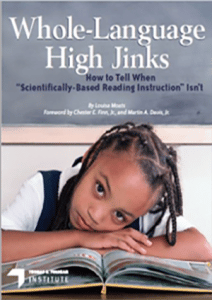
Independent Review of the Teaching of Early Reading, Final Report (2006)
Also known as the Rose Report, was an influential UK report that recommended systematic synthetic phonics “be taught as the primary approach in learning to decode and encode print”. The report stressed the importance of oral language, including speaking and listening, and recommended that the multi-cueing or searchlight model of reading be replaced with the ‘simple view of reading’.


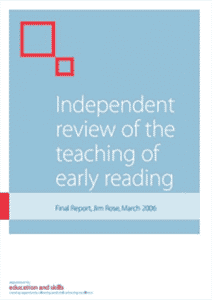
Teaching Reading, also known as National Inquiry into the Teaching of Literacy in Australia (2005)


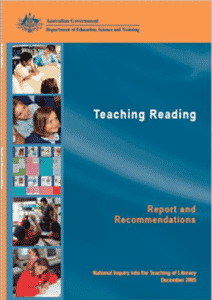
National Reading Panel Report (2000)


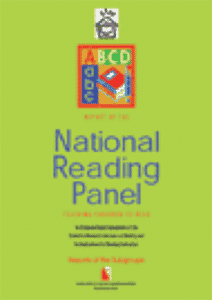
The Bookshop by MultiLit
MultiLit publishes and sells books on reading, spelling and behaviour management as well as high quality picture books.


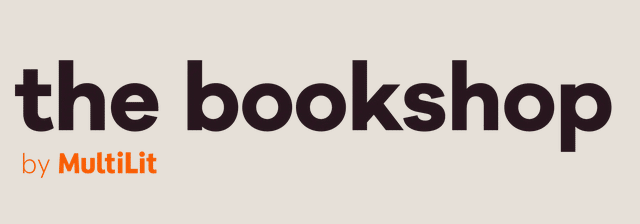
AUSPELD bookshop
The AUSPELD bookshop has a selection of high quality texts about evidence-based instruction and intervention.


